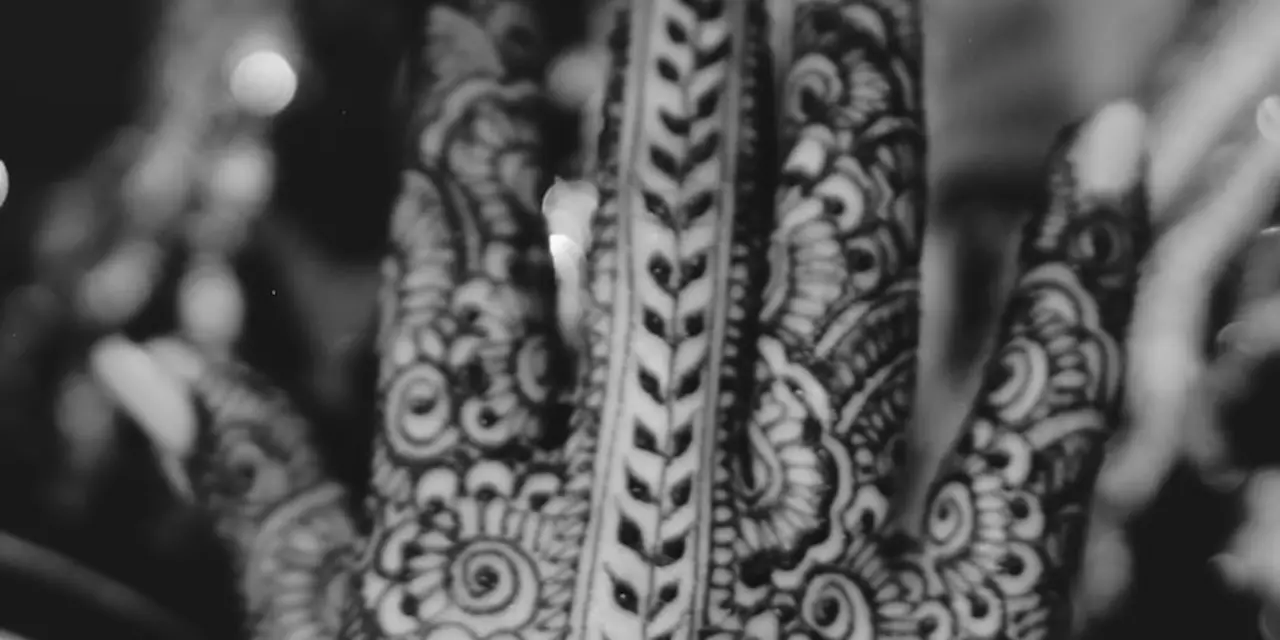Henna & Shibari: How to Blend Body Art with Rope Play
If you love shibari and want to add a splash of color, henna is a natural fit. It’s safe, lasts a week or two, and looks amazing on skin already highlighted by rope. Below you’ll find simple steps to prep, apply, and care for henna designs that complement your bondage sessions.
Getting Ready: Prep Your Skin and Rope
First thing – clean the area where you’ll put rope and henna. Use a mild soap, rinse well, and pat dry. Any oil or lotion can block the dye, so make sure the skin is free of residue. If you plan to tie a limb, apply henna a day before the session. This gives the paste time to settle and the color to darken, so you won’t have to rush during play.
When you’re ready to tie, choose a cotton‑based rope that won’t tug at fresh henna. Soft, well‑conditioned rope reduces friction and keeps the design intact. A quick test knot on a small area can show if the rope is too rough. Adjust tension so the knot is snug but not crushing the skin.
Applying Henna: Simple, Clean, and Effective
Mix your henna powder with lemon juice and a pinch of sugar until you get a smooth, toothpaste‑like paste. Add a few drops of essential oil (like tea tree) for extra stain power. Transfer the mixture into a squeeze bottle or a fine‑tipped applicator for precise lines.
Start with basic shapes that follow the rope’s lines – think spirals, arabesques, or simple dots. Keep the design light, especially if you’ll be tying near the same spot later. After you finish, let the paste dry for at least an hour. Then dab off excess with a cotton ball soaked in lemon water. The longer it stays on, the darker the stain, but for shibari you usually want a subtle hue that won’t distract from the rope.
When the session ends, avoid washing the area for 12‑24 hours. This lets the dye finish its work. After that, a gentle wash with lukewarm water and mild soap removes any residue. Moisturize with a fragrance‑free lotion to keep the skin soft and prevent cracking.
Remember, henna is a great way to highlight knots, cuffs, and tie‑offs. A bright red swirl on a wrist cuff can become a focal point, while a delicate pattern along a rope‑bound leg adds visual interest without overwhelming the scene. Experiment with placement – try a small mandala on a thigh, or a thin line along a forearm that matches the rope’s direction.
Safety tip: always do a patch test a week before you plan to use henna in a scene. Apply a tiny amount on the inner forearm and wait 24 hours. If there’s no irritation, you’re good to go. Also, keep a spare rope handy in case the henna makes the skin a bit slippery – you don’t want a slip during a complex tie.
Mixing henna with shibari isn’t just about looks; it can also boost the sensory experience. The cool, slightly drying feel of the paste adds another texture layer that many find exciting. Pair it with soft music or candlelight, and you’ve got a full‑body art session that feels both visual and tactile.
Ready to try it? Grab your henna kit, prep your rope, and start with a simple design next time you practice. You’ll see how a splash of color can transform a routine tie into a memorable work of art.
